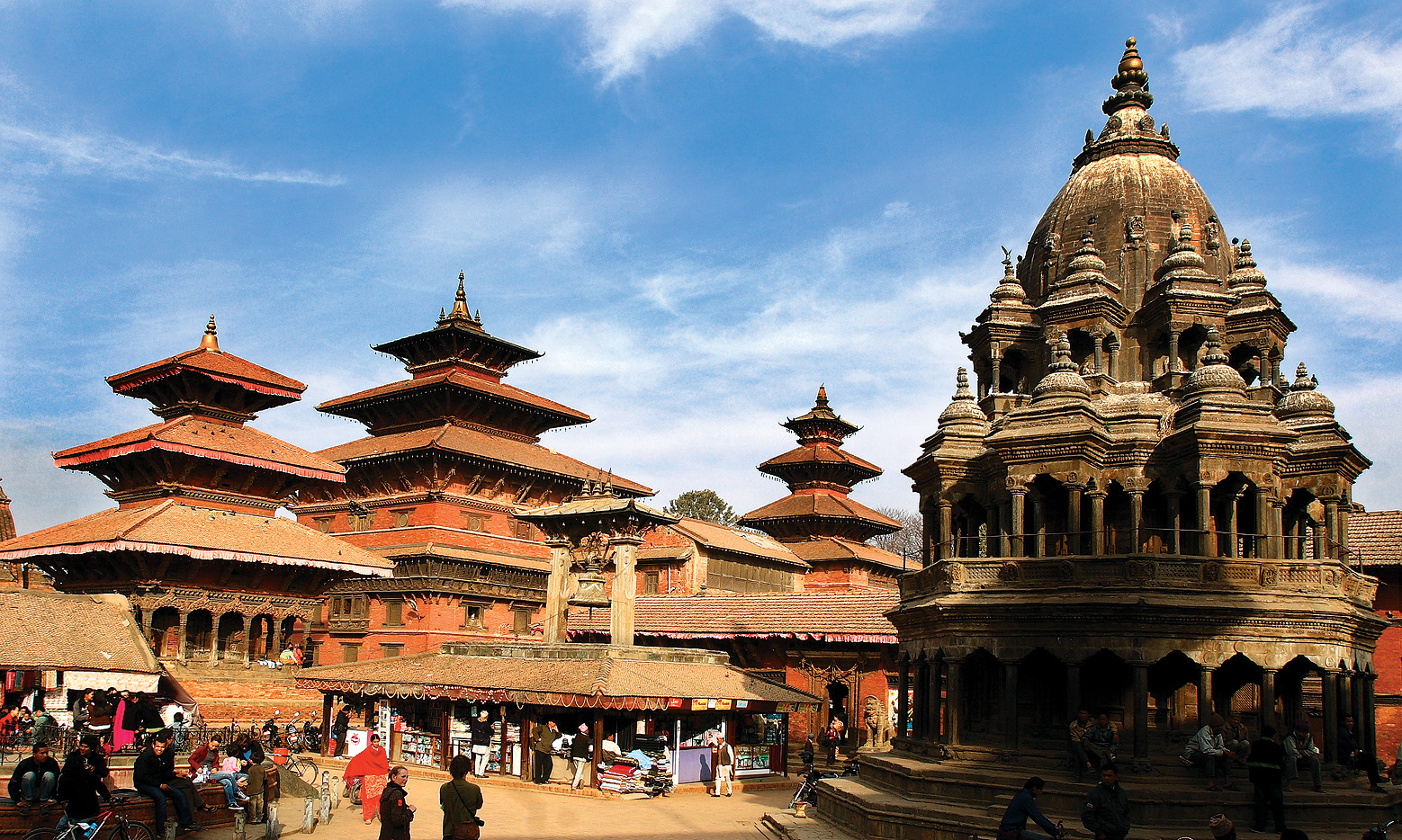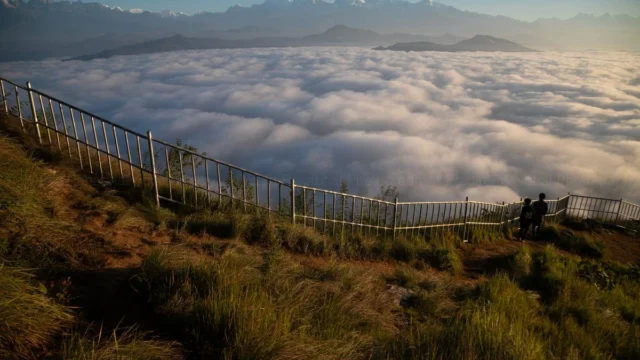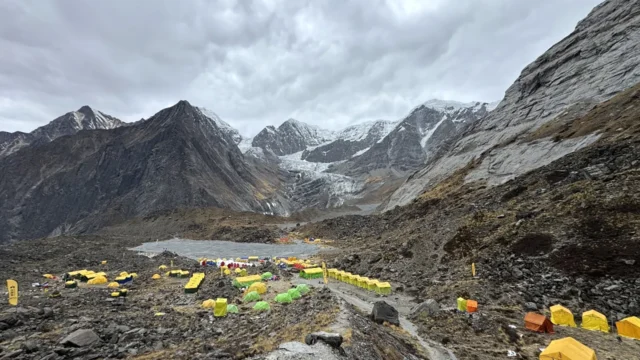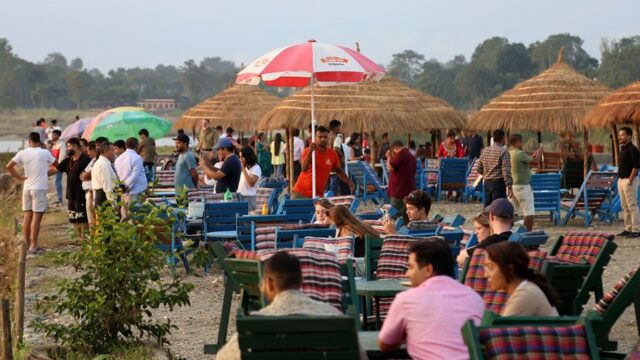Nestled in the heart of Lalitpur, just south of Kathmandu, Patan Durbar Square stands as a testament to Nepal’s rich cultural heritage and architectural grandeur. This UNESCO World Heritage site, renowned for its intricate craftsmanship and historical significance, continues to captivate tourists from around the globe, significantly boosting the country’s tourism sector.
Historical and Cultural Significance:
Patan Durbar Square, also known as Lalitpur Durbar Square, is one of the three Durbar Squares in the Kathmandu Valley and a major attraction for visitors. The square is home to a complex of courtyards, temples, and palaces that date back to the Malla period, showcasing the zenith of Newari architecture. Key highlights include the ancient royal palace where the Malla kings of Lalitpur resided, the Krishna Mandir built entirely of stone, and the Hiranya Varna Mahavihar, also known as the Golden Temple.
The site reflects the religious harmony prevalent in Nepal, with Hindu temples and Buddhist shrines coexisting within the square. This amalgamation of cultural influences is evident in the square’s architecture, art, and daily rituals, offering tourists a unique glimpse into Nepal’s syncretic traditions.
Tourism and Economic Impact:
Patan Durbar Square has become a pivotal element in Nepal’s tourism industry, drawing thousands of visitors annually. The influx of tourists has significantly contributed to the local economy, supporting businesses such as hotels, restaurants, and souvenir shops. The Lalitpur Metropolitan City and the Patan Museum, located within the square, have been instrumental in preserving and promoting this heritage site.
The Patan Museum, housed in a wing of the former royal palace, is an attraction in itself. It showcases an extensive collection of traditional sacred art and artifacts, providing educational insights into the valley’s history and culture. The museum’s efforts in conservation and cultural promotion have garnered international acclaim, further boosting tourism.
Preservation Efforts:
Following the devastating earthquake of 2015, significant restoration efforts have been undertaken to preserve and rebuild Patan Durbar Square. With support from UNESCO and various international and local organizations, many of the damaged structures have been meticulously restored, ensuring the site remains a vital part of Nepal’s heritage. The restoration projects have not only revived the square’s historical structures but have also generated employment opportunities for local artisans and craftsmen, fostering a sense of community pride and involvement.
Cultural Events and Festivals:
Patan Durbar Square is not only a historical site but also a vibrant center for cultural activities and festivals. The annual Rato Machhindranath Jatra, one of the oldest and most significant festivals in the valley, sees a grand chariot procession starting from the square. This festival attracts large crowds of locals and tourists, offering a rich cultural spectacle that enhances the tourist experience. Other festivals such as the Indra Jatra, Kartik Nach, and numerous traditional Newari celebrations further add to the allure of Patan Durbar Square, providing visitors with immersive cultural experiences throughout the year.
Future Prospects:
With ongoing efforts to promote sustainable tourism, Patan Durbar Square is set to maintain its status as a cornerstone of Nepalese heritage tourism. The focus on preserving the cultural integrity of the site while enhancing tourist facilities aims to provide an enriching experience for visitors while ensuring the protection of this historical treasure.
Patan Durbar Square continues to shine as a beacon of Nepal’s historical and cultural legacy. Its enduring charm and the concerted efforts in preservation and promotion underscore its importance not only as a tourist destination but also as a symbol of Nepal’s rich cultural tapestry. As tourism rebounds globally, Patan Durbar Square stands ready to welcome and enchant a new generation of travelers.






